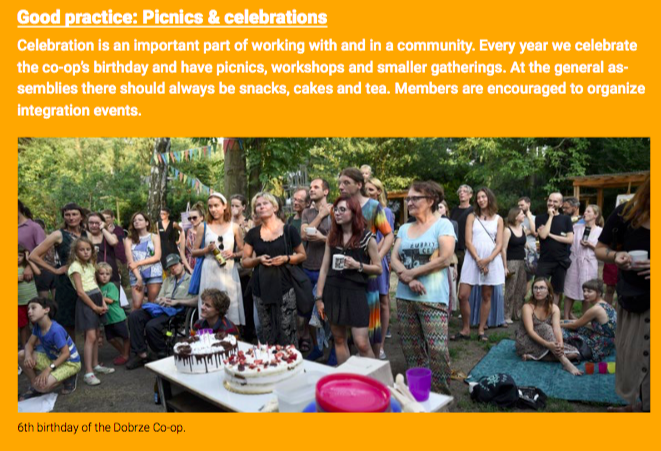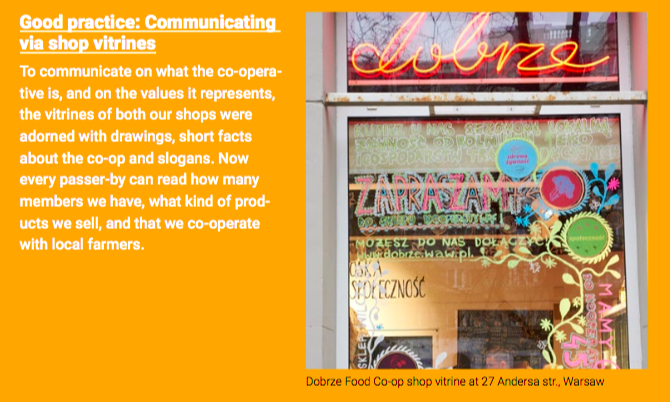While there is an abundance of ideas on what to do to build and include others in a community it is good to know beforehand where you stand, who you are dealing with, and who you want to reach. Take a look at a few tools that will help you get to know your group and the community around it.
ORGANIZATIONAL DNA
Before you set out to communicate your message to the world, or even within your group, it is good to know where you stand, and who you actually are as an organization or initiative. This is a question of building your identity and collective culture. Below is a set of questions that address the core values and ideas behind your project. Invite co-founders and members alike to
answer these together and share the results. Together you can work out the vision and mission of your initiative:
• What problem do you want to solve?
• What is the solution (do you have a vision of the solution)?
• What values do you communicate?
• Are those values reflected in action?
• What is the role of your initiative in solving the problem?
• What is your personal role?
• What are your concrete, measurable goals?
Looking for clarity in the common answers will help you create a consistent image both inside and outside. Once you have a clearly expressed vision and mission you can check every action plan and strategy against them.
Circles of commitment
Inevitably in every project or group, people’s engagement differs according to their role (e.g. producer, consumer, coordinator), personal motivation, abilities and circumstances (this especially concerns larger and more complex projects). It is very helpful to

realize that people will always occupy different positions within the organization and because of that, also have different needs and expectations. A helpful tool is to visualize the whole com-munity in circles where the innermost circle is the committed core team, while the outermost are potential new members. The circles in between can be committed members, working groups, contributors, occasional volunteers, crowd, etc., depending on the project type. The key point of doing this is to distinguish the different needs the groups may have, and plan for different actions to address the specific groups. The core team may for example need specific management or communication training, while contributors are better addressed with an integration event or open seminar.You can also reflect on how to involve people more deeply, and encourage them to move towards the inner circles of commit-ment. Sharing information and responsibility wisely can lead the crowd members to become committed.

